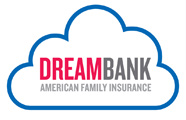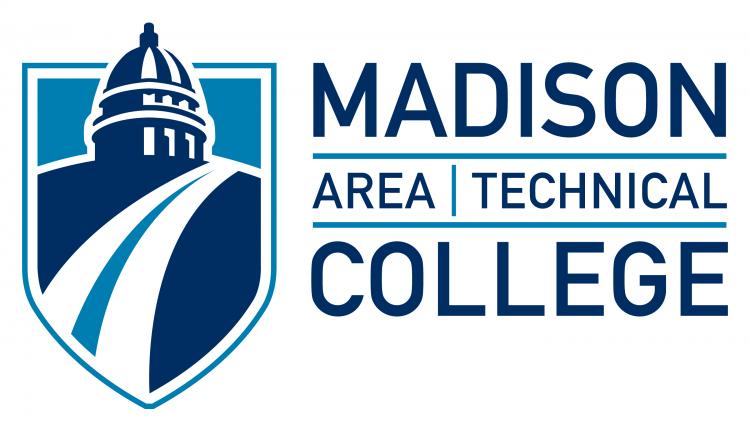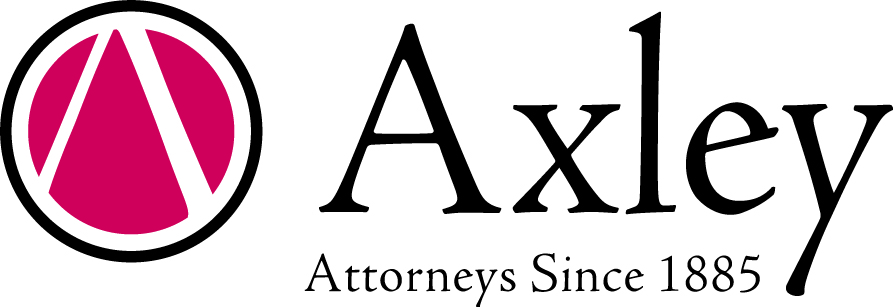
- This event has passed.

May 20, 2015 @ 12:00 am
Event Navigation
Longtime Madison Podcaster Jeffrey Powers – a member of the Social Media Breakfast Madison Board – has been creating shows for himself and others (including Fortune 500 companies) for over 7 years. He has helped others in their podcasting efforts, whether audio or video. He talks regularly with industry professionals, has his own podcast help website at www.HowToRecordPodcasts.com, and is the owner of the popular “Podcaster Community” on Google+.
In this special SMB session, Jeffrey – who operates the Geekazine.com website – showed us the advantages of adding a simple podcast to your social media plan. More than just videos on YouTube or Facebook – podcasts can help with everything from answering questions to keeping up relationships with your clients.
Here is this month’s recap, followed by the complete video of Jeffrey’s presentation.
###
Like other social media, podcasting is about building a community and engaging with people. But there is something unique and especially personal about the podcasting community, says professional podcaster Jeffrey Powers.
“ There’s no façade,” Jeffrey said at the May Social Media Breakfast Madison event at the Orpheum Theatre. “For the most part these people are real people asking real questions, making real comments. That’s the cool thing about this community; it’s just so real.
“What does a podcast community do?” he asked. “They come together. It’s like you just brought them into your family. They also help out, bring insight, collaborate and support you. Sometimes they even send you money.”
Jeffrey, who has been podcasting for eight years, has seen more and more people turn to podcasts for information and entertainment over that period.
And the numbers bear that out. The percent of Internet users who listen to podcasts has risen from 7% in 2006 to 27% in 2013, “and that number is going to grow exponentially,” with 46 million Americans now falling into the category of podcast listeners.
The average podcast listener consumes 6 podcasts per week, is likely in the 25-40 demographic, and is well educated.
Jeffrey’s main podcasts are Geekazine and Day in Tech History. The Day in Tech History podcast used to be the Week in Tech History, testifying to the growth of interest not only in the topic but in the technology of podcasting itself. Jeffrey produces the Day in Tech History 365 days a year, adding up to more than 2,100 podcasts so far. He is also a professional “event-caster” podcasting from mostly tech-focused events throughout the country, and is the Community Leader of the Google Plus Podcast Community.
Jeffrey says podcasting should be part of any social media strategy and be a part of a company’s or organization’s engagement with its customers or members. Podcasting can play a big role in engaging a community.
If you’re just starting a podcast, he said, don’t be intimidated. “Everybody’s podcast show starts at 1,” he said. “But it gets better: 1 becomes 2, 2 becomes 10.”
Don’t expect to be the serialpodcast, a spin-off of This American Life, with 5 million listeners every week.
“It would be nice if you get 5 million and I would be happy for you if you get 5 million for your podcast, but don’t expect it.”
The average podcast gets 150 listeners without ad promotion and 1,500 to 2,000 with ad promotion, he said.
Jeffrey offered this list of 7 Things To Do Before You Start Your First Podcast:
- Plan your podcast. Check out the competition, put together your business plan, and set a budget.
- Promote your show by helping out others. Spend some time on Facebook groups, Reddit, searching Twitter hashtags for keywords and replying to questions. “That’s where people go to find out who you are” so have quality profiles on these top social networks. “You don’t know them today but a year from now they could become your best friend.”
- Think of the podcast as a vertical business. Set a start date and schedule, set up a promotion budget, plan to advertise, create a press release and get a website specifically for your podcast. That sheds light on the podcast and is great for SEO.
- Set your budget. “You can put together a podcast using your phone if you want to.” Or you can use inexpensive apps or go higher end with expensive equipment running hundreds of dollars. “You can start on a dime and grow from there.”
- Ask people to listen and to reply. Include family members, co-workers, people you meet, even your grocer and Laundromat friends. “Ask everybody. Ask your dog walker if you have one.”
- Set up a quick survey. The survey should be nothing more than two questions, such as: What did you think of the show? What would you like me to do differently?
- Know what your “call to action” is and make it clear to your listeners. This is the most important part of your podcast. Don’t use a large part of the podcast to do this. “Sell yourself in two minutes or less.” Your call to action helps increase interaction and community, defines your ultimate goal, and gives people an idea of your intentions. “Make the show about something else and two minutes about yourself.” Your call to action is the only time you sell something.
It is important, Jeffrey said, to connect your podcast promotions with your social networks, particularly Facebook, Twitter and LinkedIn.
And remember, the quality of your content is KING. You want to have a good image, a paragraph of what the show is about and 2-3 hashtags (don’t overuse hashtags).
For example, he said, you can create a Facebook or Twitter or LinkedIn post using quotes from your podcasts added to a quality image and linking to your podcast.
Jeffrey said you should have a Facebook page for your podcasts separate from your business Facebook page. Other content resources include an iTunes link, Stitcher link, Twitter, Google Plus, and an RSS feed.
Also, don’t be afraid to promote your past episodes, especially if your topic is evergreen. (One tool for this is the Revive Old Post plugin for WordPress.)
The future of podcasting parallels the future of social media and the growth in Internet reach, he said, moving toward what is known as “Continuous Content.” That is where consumers can continuously access content from any location as they move through their daily routines: from home, to the car, to the office, in a park or on an airplane. Foruntately, the portability of a podcast lends itself to the future world of Continuous Content.
“The bottom line,” he said, “is to use podcasting as a transport, to use podcasting as a promotional tool for what you do.”
![]() Written by Bill Hurley, (@billhurleymedia / billhurleymedia.com / beachmaniac.com) Editor, writer, social media strategist, website developer, digital publisher. BillHurleyMail@gmail.com, Bill@smbmad.org.
Written by Bill Hurley, (@billhurleymedia / billhurleymedia.com / beachmaniac.com) Editor, writer, social media strategist, website developer, digital publisher. BillHurleyMail@gmail.com, Bill@smbmad.org.
Video of Geekazine by Geekazine:
SPONSORS












